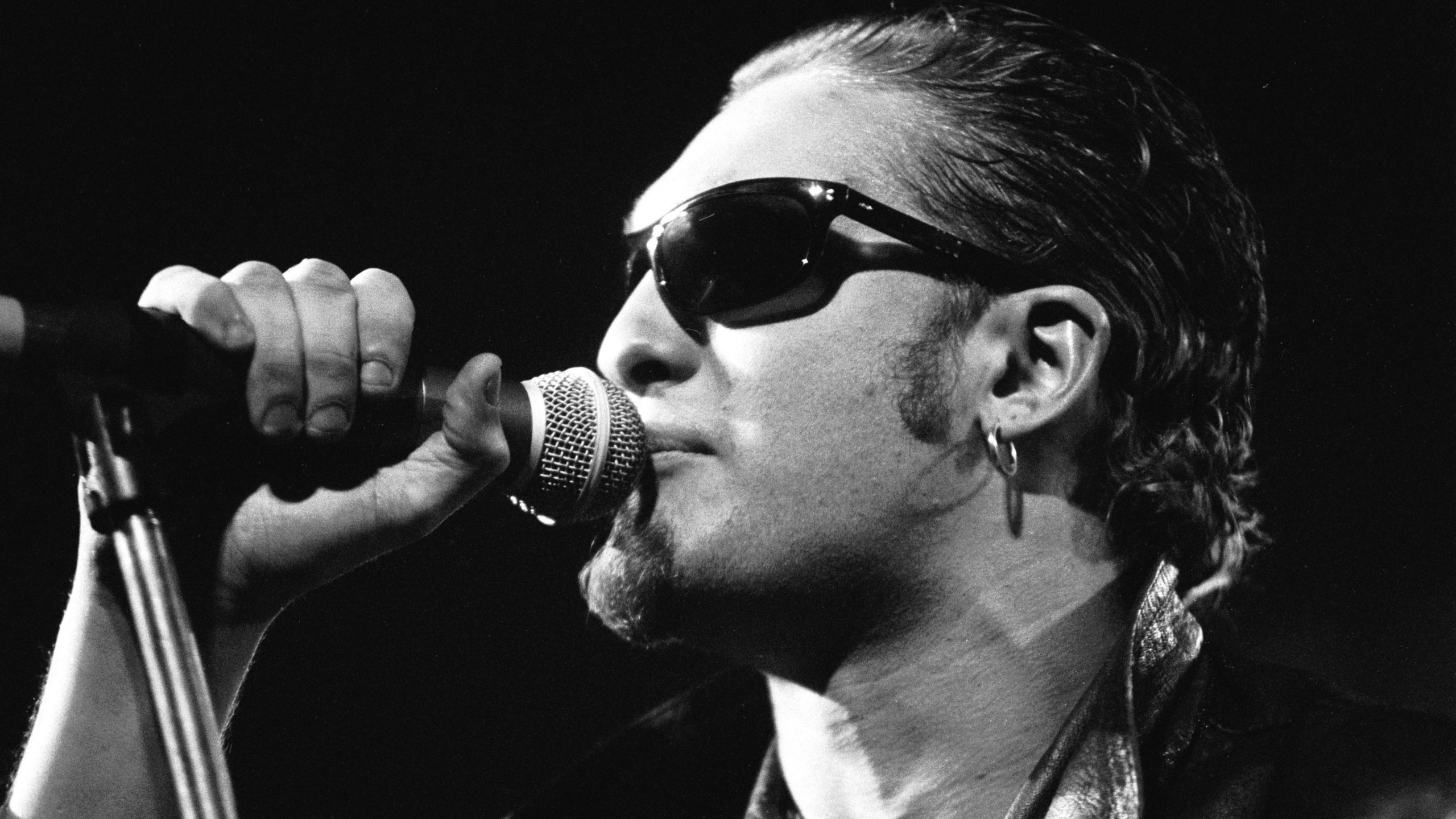Why We Love Facelift — Alice In Chains’ Brutal and Brilliant Debut

Why We Love Facelift — Alice In Chains’ Brutal and Brilliant Debut
When Facelift dropped on August 21, 1990, it didn’t whisper or ease its way into the rock world — it roared. It was the first grunge album to go platinum, and it did so by kicking down the door with raw emotion, sonic heaviness, and a level of darkness that made even seasoned metalheads flinch.
This wasn’t just another debut — it was a warning shot.
Layne Staley’s voice?
Unmistakable. From guttural growls to aching wails, he sang like a man exorcising demons — and made you feel every one of them.
Jerry Cantrell’s guitar work?
A balance of brutal riffage and eerie melody, layered with harmonies that felt more like funeral hymns than rock choruses.
Sean Kinney powered through sessions with a broken hand — but you’d never know it. His drumming hits with surgical precision and primal force.

And Mike Starr’s bass?
It wasn’t background noise — it was the undercurrent of doom, dragging every note lower, darker, deeper.
Facelift was ahead of its time. Before the world knew what grunge even was, Alice In Chains was already perfecting it — blending Sabbath-style sludge, metal grit, and a lyrical honesty that few dared to touch.
Addiction.
Isolation.
Inner collapse.

They weren’t just themes — they were confessions. Tracks like “Man in the Box,” “Bleed the Freak,” and “Sea of Sorrow” didn’t offer solutions. They offered truth. Cold, unflinching, and delivered through a haze of distortion and dread.
It was the spark before Nirvana’s explosion, and the blueprint for everything that came after. Without Facelift, there is no Ten, no Badmotorfinger, no Nevermind.

33+ years later, Facelift still sounds massive. Still dangerous. Still real.
Because pain like that doesn’t age —
And neither does an album that bleeds as hard as it rocks.
Photo credits: Marty Temme • Eddie Malluk
Mag25











